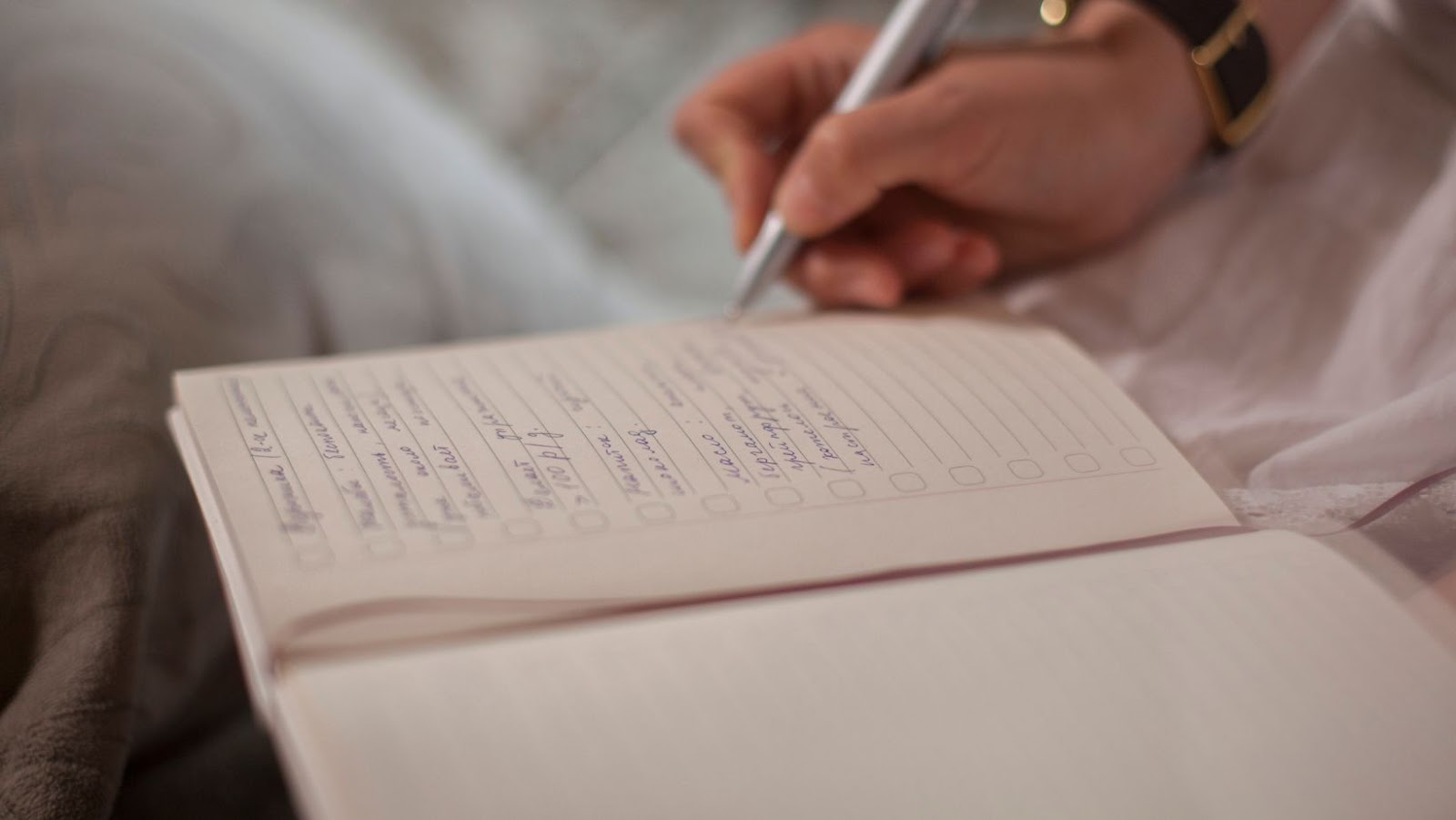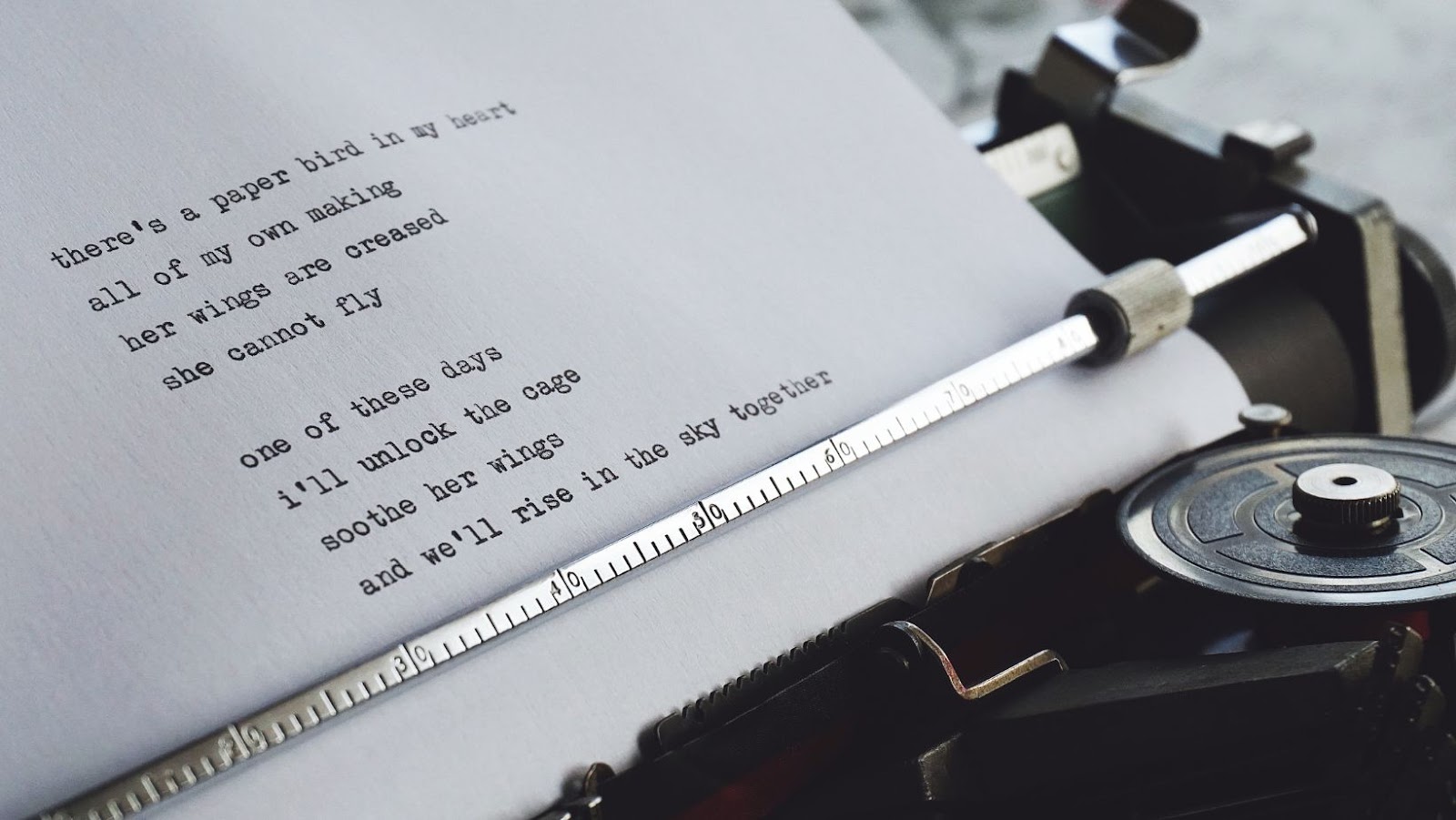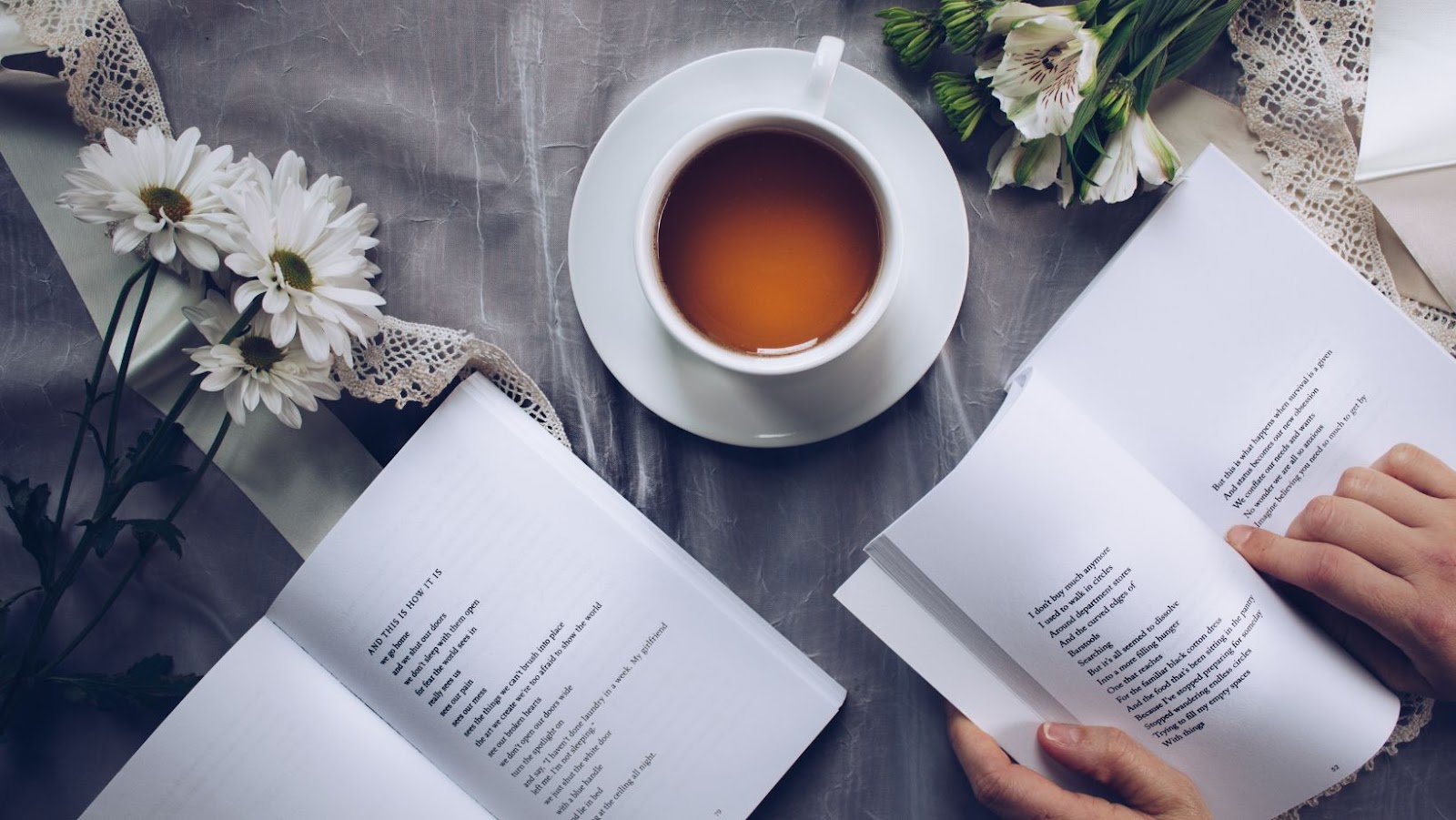 Poetry analysis writing is a skill or activity that requires close reading and attention to detail. It is a task that can be daunting for students, but with the right strategies and tips, it can be much easier. Understanding the different elements of a poem helps to break down complex texts and make this task more manageable.
Poetry analysis writing is a skill or activity that requires close reading and attention to detail. It is a task that can be daunting for students, but with the right strategies and tips, it can be much easier. Understanding the different elements of a poem helps to break down complex texts and make this task more manageable.
By following a few key writing secrets, you can quickly master this activity. In this blog post, we’ll unravel the mystery of poetry analysis writing and show how you can turn an otherwise challenging task into a rewarding experience. Let’s take a look at some key secrets to becoming an expert in poetry analysis writing without searching for help with research paper or poetry reviews.
What Should You Take Into Account When Analyzing Poetry?
There are several things every student should consider when writing a poem analysis. Let’s start our guide by describing them:
- Form and structure. It is important to consider a poem’s form, structure, and organization when analyzing it. This includes considering aspects such as the type of poem, its rhyme scheme, meter or rhythm, line length, and stanza divisions. Also, be aware of any breaks in the text or the use of punctuation to emphasize certain lines or words. All these elements are part of what makes the poem unique and can contribute to its overall message.
- Imagery. Often poetry relies on imagery to convey its message and bring particular scenes or ideas to life. Consider how meaning is conveyed through metaphorical language and descriptions of characters, settings, events, and emotions. Furthermore, think about what symbols may be used in the poem and how they might relate to its message as a whole.
- Tone. Tone can often be challenging to decipher in a poem, but it is essential when analyzing it. Think about the poet’s attitude towards the subject matter they are discussing, whether they appear angry, sad, sarcastic, or optimistic, for example. What kind of feeling does this evoke within you as you’re reading?

- Theme. Consider what themes are presented in a poem; whether this is betrayal, love, or death, for instance? How does each theme tie into one another as well as build on one another throughout the course of the poetic work? What kind of messages or lessons does the poet want their readers to take away from these themes?
- Setting. It is essential to consider where and when a poem is set, whether this is during a specific time period or in a particular geographical location, for example. How does this influence the events that take place within it and, ultimately, its overall message? What other kinds of information do we gain through understanding its setting?
Writing a Poem Analysis: A Step-by-Step Guide
And now, we are ready to move to the ‘meat’ of this topic and start discussing the most important information for you. Are you prepared to know how to analyze a poem properly? Here is a short but comprehensive guide.
- Start by reading the piece of writing. It’s the first step to mastering poetry analysis writing. Read it several times and pay special attention to any unfamiliar words or phrases and their context within the poem. Make sure you understand each word’s meaning to get an accurate picture of what the poet is trying to convey in their work. If specific terms are used in describing poetic techniques or styles, research them and ensure you understand them before moving on.
- Define the structure. Look at where line breaks occur and take note of any patterns or repetitions in both form and content. By doing this, you can identify possible themes the poet addresses or emphasizes through their use of structural elements such as stanza length or rhyme scheme. Quite often, it’s recommended to outline the rhyme scheme as a separate stage of poetry analysis. It lets you define whether the author used any rhyme scheme or whether this poem was written without rhyme or meter.
- Analyze each element of the poem individually. Once you have read and understood the poem, it’s time to analyze each element individually. Start by looking at the poem’s structure – what kind of stanza structure does it use? How many lines per stanza? Does it follow any specific rhyme scheme? Are there any patterns or repetitions that stand out? All these questions will help you gain insight into how each line contributes to the poem’s overall meaning.

- Consider literary devices used in the poem. Next, consider any literary devices used in your chosen poem, such as metaphors, similes, personification, and alliteration. Analyze how these devices contribute to your understanding of what the poet is saying—for example, if a metaphor is used throughout a section of the text, ask yourself what message it conveys and how it relates to other parts of the poem. This attention to detail will help you uncover deeper meanings within your chosen text, improving your poetry analysis writing skills immensely!
If you still struggle with analyzing poetry, you can find assistance online. We mean finding a company that tackles academic assignments — thousands of students worldwide order help with research paper writing. You can do the same and hire a professional writer and ask them to help you with poetry analysis. No matter how difficult the poem will be – you can count on an outstanding result.
The Bottom Line
Once you have analyzed each element individually, consider how they all come together as an entire piece – how do they combine to create something greater than just its individual parts? Does one particular theme stand out? Are there any hidden messages or meanings that only become clear when looking at things from a broader perspective? By taking your time with each step outlined above, you can develop your skills in poetry analysis writing quickly and confidently! Good luck!























